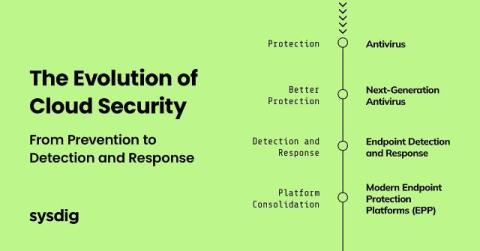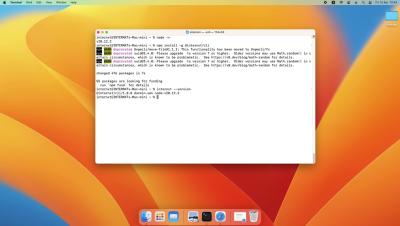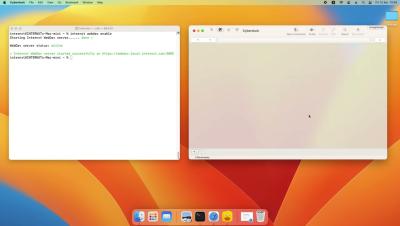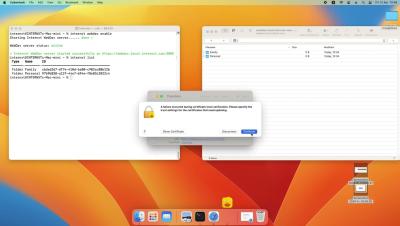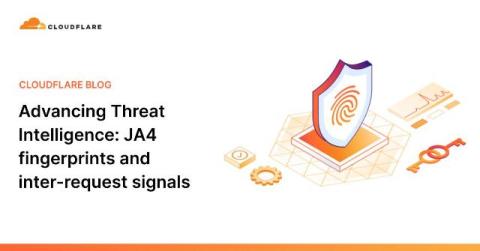A wild week in phishing, and what it means for you
Being a bad guy on the Internet is a really good business. In more than 90% of cybersecurity incidents, phishing is the root cause of the attack, and during this third week of August phishing attacks were reported against the U.S. elections, in the geopolitical conflict between the U.S., Israel, and Iran, and to cause $60M in corporate losses.




